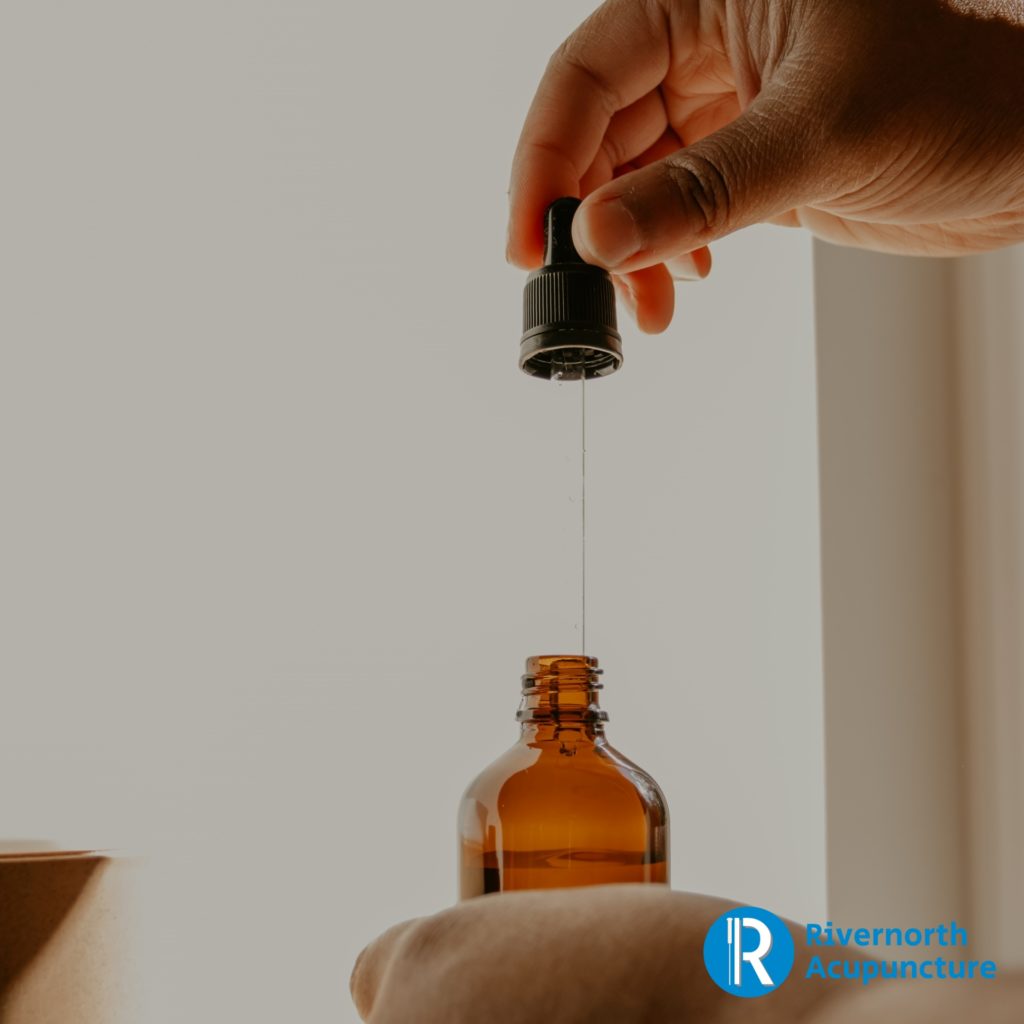
Herbs and herbal therapy for skin disorders has been used for thousands of years. Even our biologically close relatives, the great apes, use herbal self-medication.
Many Chinese herbs and Korean herbs are known to have therapeutic effect on skin. This is an alternative method of therapy that can be administered in oral, topical, or injectable forms. It is now worthwhile for dermatologists throughout the West to gain some familiarity with this method. For the billion-plus people living in Asia, traditional herbal medicines are considered mainstream options for the treatment of this skin condition.
These herbs accelerate wound healing and the shortened wound healing period. They also promote blood vessel formation and suppress inflammations. Furthermore, some of these improved collagen fiber deposition and tissue on the wound surface.
One of many clinical studies shows that Formula “She-Xiang-Yu-Hong” Ointment promoted wound healing in diabetic mice.
Some of the commonly used herbs for skin conditions are Arnebiae Radix 자초, Coptidis Rhizoma 황련, Phellodendri Chinensis Cortex 황백피, Cnidii Fructus 사상자, Carthami Flos 홍화, Sanguis Draconis 혈갈, Ampelopsis Radix 백렴, and Angelicae Dahuricae Radix 백지, to name a few.
In Asia, especially in China and Korea, herbal treatments that have been used for centuries are now being studied scientifically. In Germany, the regulatory authority Commission E oversees herbal preparations and their recommended uses.
Rivernorth Acupuncture, Diamond Bar, CA. 경희강북한의원, 다이아몬드바
